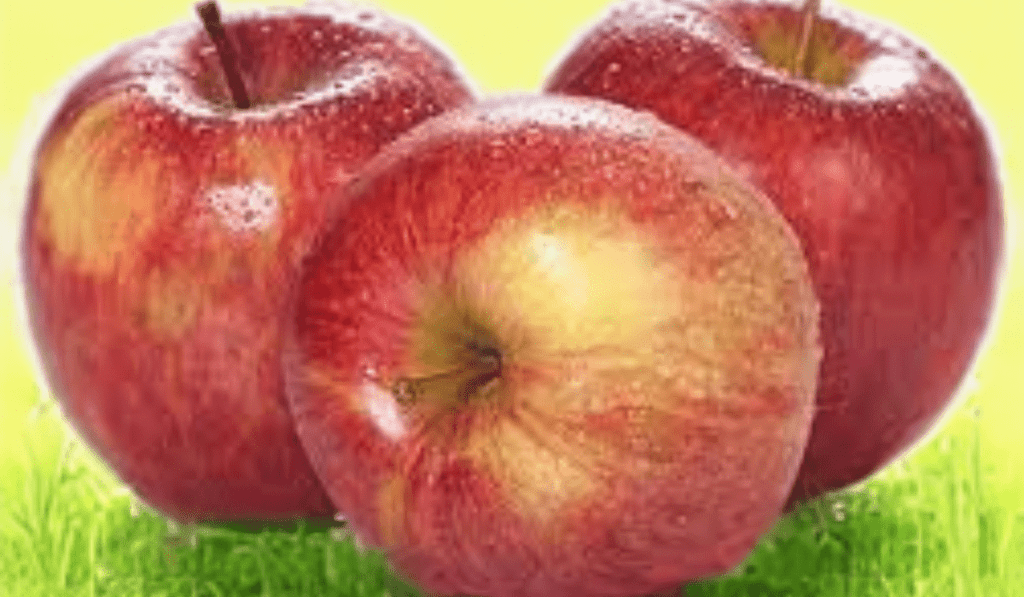Learn “How To Plant Kiku Apple Trees” Embarking on the journey of planting Kiku apple trees adds a touch of exotic flair to your garden or orchard. Kiku apples, known for their striking appearance and exceptionally sweet flavor, are a natural mutation of the famous Fuji apple. This guide will provide you with step-by-step instructions on how to successfully plant and care for Kiku apple trees, enabling you to savor their deliciously crisp and flavorful fruits.
Information About Kiku Apple Trees
Kiku apples are distinguished by their vibrant red color, often striped or mottled with yellow. They are larger and sweeter than the traditional Fuji apples, with a firm, juicy texture. Kiku apple trees are favored for their high yield and the fruit’s long shelf life. The apples are typically ready for harvest in the late fall and are known for their excellent storage properties. While Kiku trees can adapt to various climates, they thrive best in regions with warm summers and cold winters.
Kiku Apple Fruit Description
Appearance:
Kiku apples are large and round with a bright red skin, often striped with yellow.
Taste:
They are known for their intense sweetness, crisp texture, and abundant juiciness.
Culinary Uses:
Ideal for eating fresh due to their sweet flavor. They are also great for baking and cooking.
Ripening Season:
These apples usually ripen in late fall.
Pollination:
Kiku apple trees require cross-pollination from another apple variety for effective fruit production.
Kiku Apple Tree Description
Kiku apple trees exhibit a vigorous growth pattern and can reach a substantial size, making them a prominent feature in any garden. They prefer full sun exposure and well-drained soil. Regular pruning is essential for maintaining tree health and enhancing fruit production. These trees are also known for their relative resistance to common apple diseases, but it’s still important to monitor for pests and diseases as part of regular care.
7 Step-by-Step Planting Guide – Kiku Apple Trees
Site 1. Selecting the Right Tree:
Choose a healthy Kiku apple tree from a reliable nursery, considering the rootstock to suit your space and climate requirements.
Site 2. Preparing the Soil:
Kiku apple trees flourish in well-drained, fertile soil. Test and adjust the soil pH to be slightly acidic to neutral.
Site 3. Planting Depth and Spacing:
Plant the tree ensuring the graft union is above the soil line. Space Kiku apple trees about 15-20 feet apart to provide ample room for growth.
Site 4. Watering:
Water the tree thoroughly after planting. Establish a regular watering routine, especially during the tree’s first growing season and in times of drought.
Site 5. Pruning:
Prune the tree in the dormant season to shape it and remove any dead or diseased wood. Pruning also encourages better air circulation and sunlight exposure, essential for fruit quality.
Site 6. Fertilizing:
Apply a balanced fertilizer in early spring, following the recommended application rates based on the tree’s age and size.
Site 7. Pest and Disease Management:
Regularly inspect for signs of pests or diseases. Employ appropriate control measures, prioritizing organic or environmentally friendly options when possible.
Conclusion
Growing Kiku apple trees is a delightful endeavor for any fruit tree enthusiast, offering the reward of harvesting some of the sweetest apples available. By following these guidelines for planting and ongoing care, your Kiku apple trees will thrive, providing you with a bountiful supply of delicious apples each season. Whether for fresh eating or culinary creations, Kiku apples are sure to impress with their exceptional sweetness and crispness.



